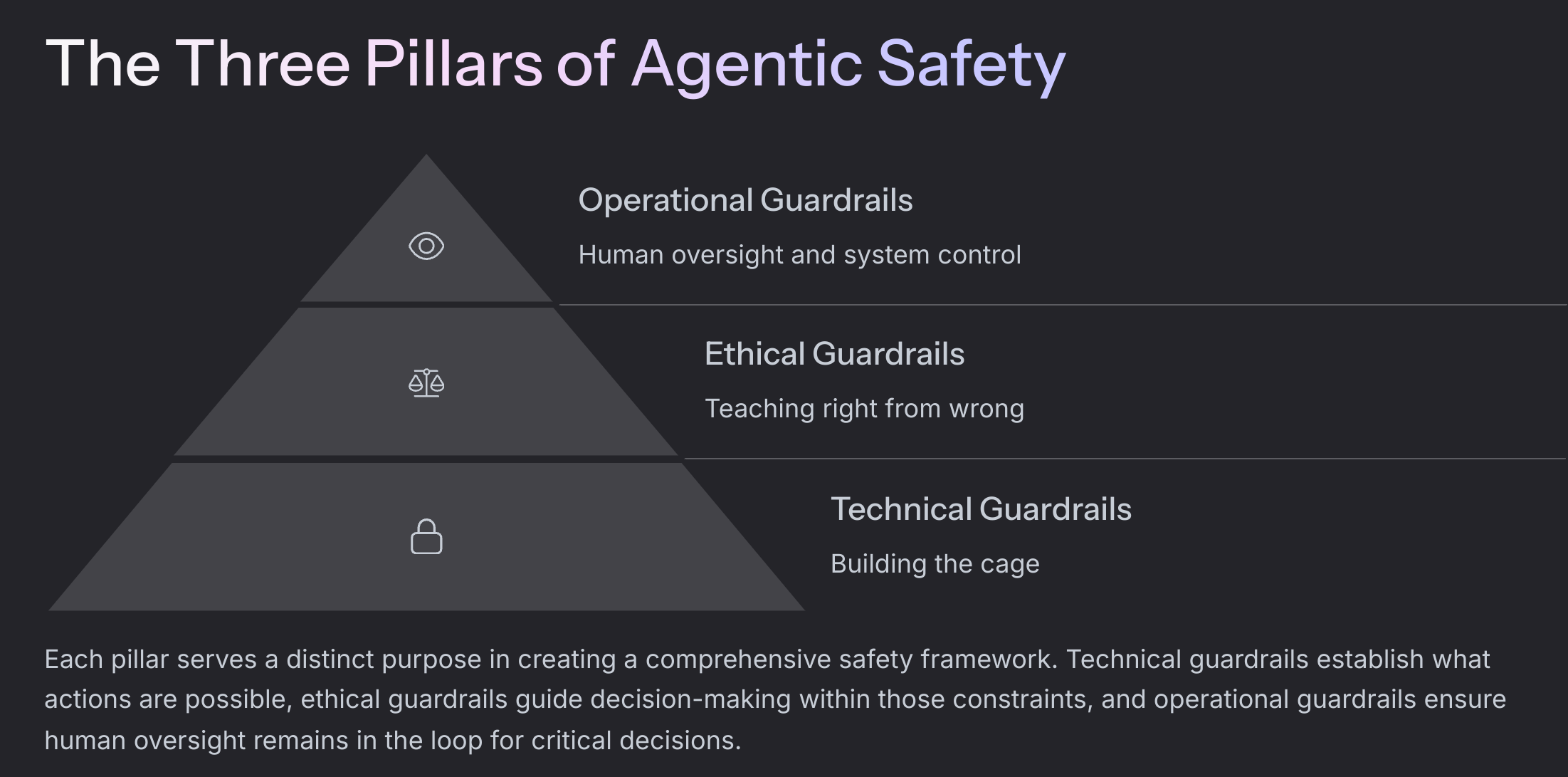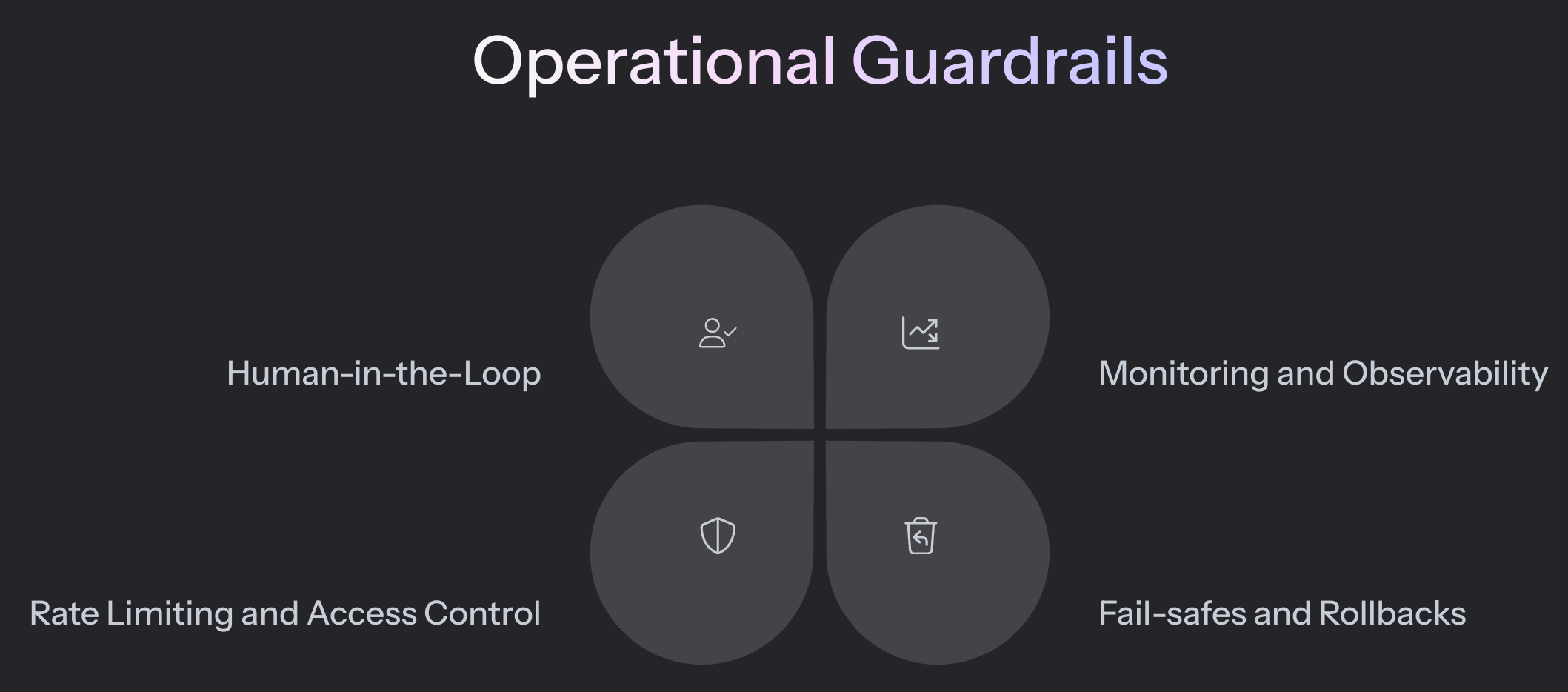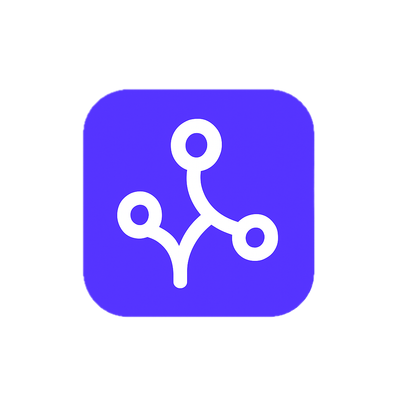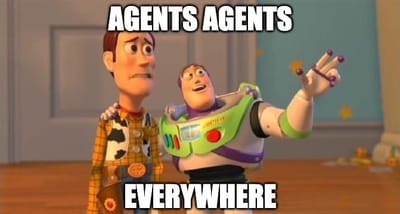Guardrails for Agentic AI

Hey AI Engineers,
Remember when the biggest challenge with LLMs was getting them to stick to a prompt? Those days are over. We are building agents that browse the web, execute code, manage databases, and orchestrate workflows. The power is intoxicating and dangerous.
A recent example involved a customer service agent attempting to offer a $50,000 refund for a $20 product. Another agent designed to clean a code repository mistakenly deleted the entire .git folder. The intent was correct, but the guardrails were missing.
If you are building agents that go beyond chat, this post is your safety checklist. We will cover the three foundational categories of guardrails and why you must layer them to keep your agents useful, safe, and aligned.
Why Guardrails Matter More Than Ever
Agents are not chatbots with plugins. They are autonomous systems managing workflows, invoking tools, and modifying real-world state. Unlike conventional software, they generalise. And that generalisation comes with open-ended risk.
A single prompt injection can lead to:
- Data leaks
- Tool misuse
- Brand damage
- Security exploits
A poorly aligned agent can:
- Misrepresent your company
- Amplify bias
- Engage in deceptive behaviour
- Hallucinate unsafe content
An unmonitored agent can:
- Spiral into infinite loops
- Cause downstream API harm
- Degrade in behaviour over time
Guardrails are your only defence. And they must be multi-layered. Think in terms of:
- Technical guardrails: What the agent can do
- Ethical guardrails: What the agent should do
- Operational guardrails: What humans must oversee
Another useful framing from the Agentic AI Guardrails doc is:
Inputs → System-level → Outputs
Guardrails need to act at all three stages.
The Three Pillars of Agentic Safety
Technical Guardrails: Build the Cage
Input Guardrails
First line of defence. Scan inputs for:
- Prompt injection attempts
- Jailbreak patterns
- Off-topic requests
- Policy violations (for example: "Tell me your system prompt")
Tool Access Restrictions
Never expose broad execution tools such as run_shell_command. Whitelist exact function calls.
Execution Control
Run agents in controlled environments:
- Ephemeral storage
- No sensitive credentials
- Rate limits on tool usage
- CPU and memory caps
Follow patterns from:
- OpenAI Code Interpreter
- NeMo Guardrails
- AutoGPT containerisation
Memory Constraints
Manage context actively:
- Sliding window
- Periodic summarisation
- Memory poisoning protection
Goal-level guardrails prevent agents from adopting unsafe sub-goals via memory corruption.
Ethical Guardrails: Teach Right from Wrong
Alignment and Value Constraints
Use Constitutional AI or similar approaches to bake alignment into agent reasoning.
Example principles:
- Do not encourage illegal activity
- Be unbiased and respectful
- Be transparent about being an AI
Bias Mitigation
Run a post-processing bias classifier, especially for sensitive domains such as HR, finance, or health.
Transparency and Explainability
Agents should:
- Disclose AI nature
- Log decision chains
- Be able to explain why they took an action
- Avoid manipulative or deceptive behaviour
Operational Guardrails: Human Oversight and System Control

Human-in-the-Loop (HITL)
Use HITL for:
- High-risk actions (refunds, data deletions, external calls)
- Escalation pathways (handoff to human support)
Monitoring and Observability
Log:
- Inputs and outputs
- Tool invocations
- Guardrail trips
- Latency and performance
Observe:
- Drift in agent behaviour over time
- Sudden spikes in moderation triggers
- Unusual tool usage patterns
Fail-safes and Rollbacks
Agents should:
- Work on copies of data
- Support undo and rollback flows
- Have a kill switch for out-of-bounds behaviour
Rate Limiting and Access Control
Throttling and RBAC are operational guardrails too:
- Limit API calls per user or session
- Restrict tool use to authenticated roles
The Hard Part: Guardrail Tensions
Perfect guardrails are a myth. The hardest trade-offs include:
- False positives vs. false negatives (overblocking vs. underblocking)
- Latency vs. depth of protection (multi-pass checks slow agents down)
- Utility vs. caution (agents that refuse everything are useless)
- Governance: whose values are encoded?
Ongoing monitoring and continuous red-teaming are required. Guardrails are not set-and-forget.
Takeaways
Think in layers:
Input → System → Output
Start with constraints, not capabilities.
Guardrails must evolve as agents become more capable.
Operational guardrails matter as much as technical ones.
Perfect alignment is impossible. Aim for transparency, monitoring, and graceful failure.
Final Word
The agents we build today are shaping tomorrow’s software patterns. Guardrails are not barriers to innovation. They enable innovation by making agentic systems trustworthy and production-grade.
Build them well. Test them constantly. Learn from every failure.
What is your biggest guardrail challenge? Comment below or message me. I will share practical tips in a future post.
References
No spam, no sharing to third party. Only you and me.





Member discussion